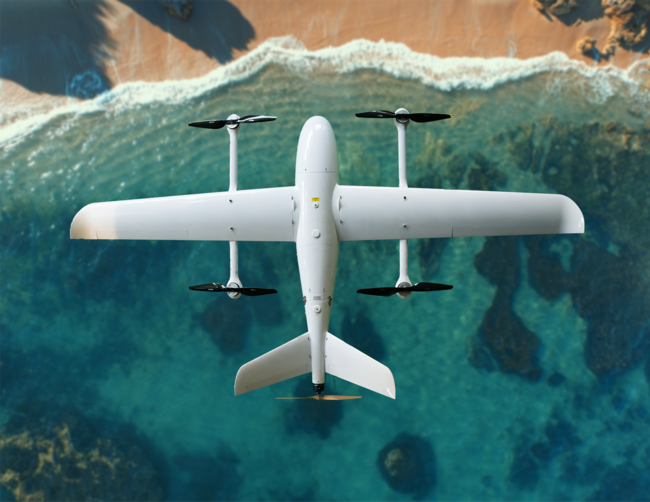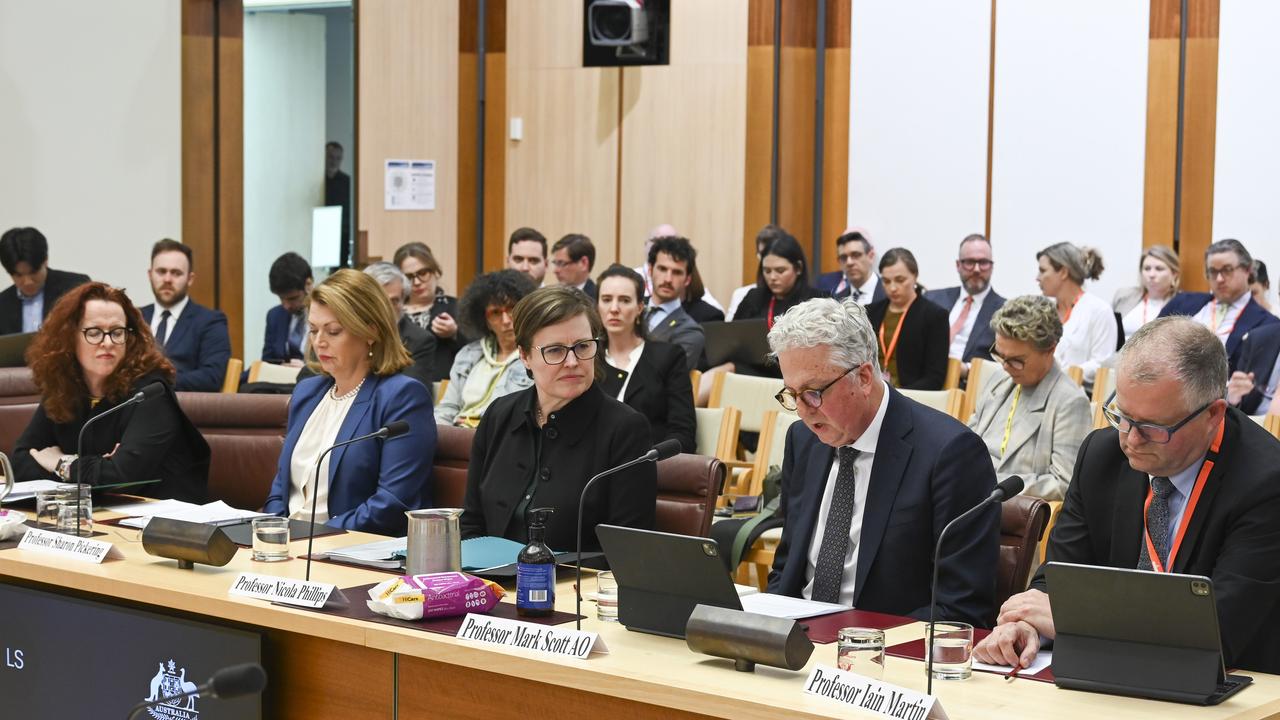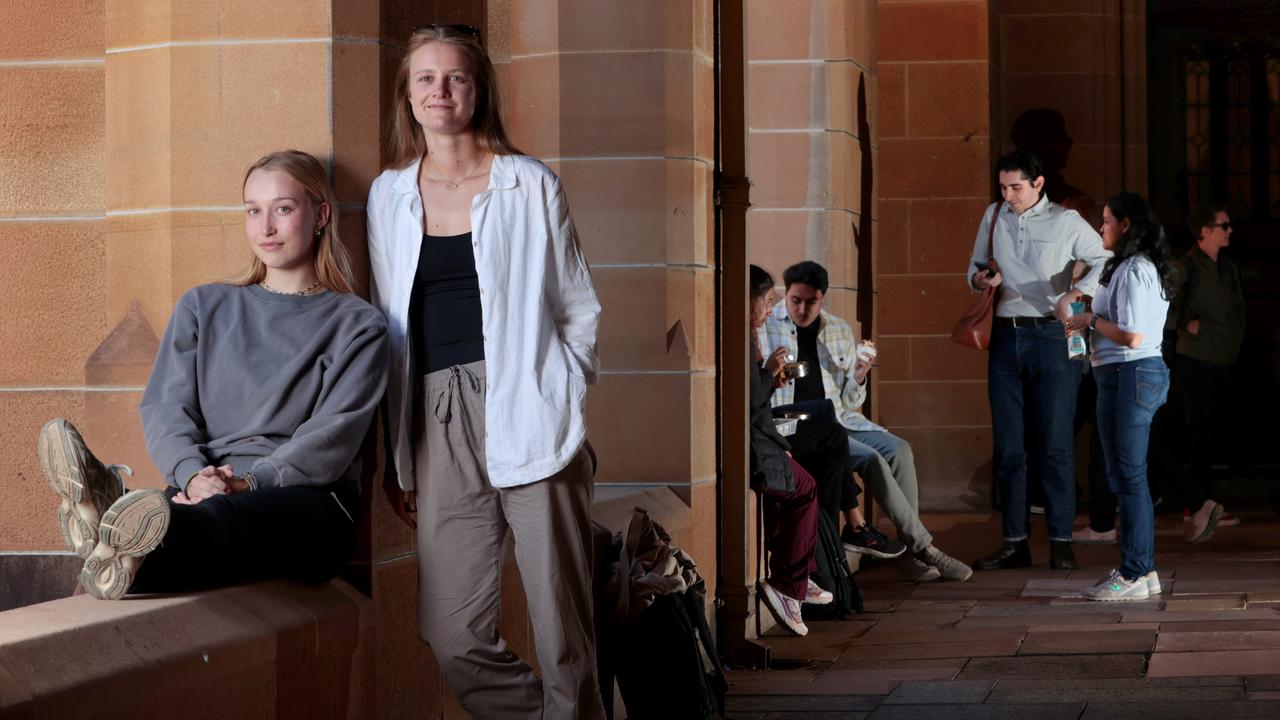Coming soon to a manufacturer near you: air mobility technology

Australian industry is raring to go. Employment, wages, cost of living and international trade and supply combine to challenge our ambition to transition from a resource to a knowledge economy.
The Albanese government has wasted no time in getting to work on its ambitious agenda, pursuing innovation to accelerate Australia’s critical industries. The Jobs and Skills Summit ignited a national conversation. We are advancing toward a robotics strategy and a quantum strategy, and the October budget put pen to paper on a $15bn investment in the National Reconstruction Fund. This funding will unlock our emerging industries and attract the global talent we so desperately need.
When it comes to industries set to ‘take off’, advanced air mobility (AAM) is waiting for clearance.
Imagine a future where air travel is as easy as an Uber, as clean as an electric vehicle, and where drones land silently to deliver packages. Photos of the delivery are instantly sent to your phone.
This is not science fiction. AAM technology is real, it is backed by huge investment, and it is the next industry primed for Australian advanced manufacturing.
AAM will touch us all, especially with our vast country and regional population. Australia’s pedigree in aviation innovation dates from the Royal Flying Doctor Service to the manufacturing of the Boeing 787 in Melbourne. We are well placed to be leaders in AAM, but only if we take the opportunity as a national priority.
Sadly, we are getting used to seeing Australians stranded, isolated and in grave danger due to the increasing threat of extreme weather caused by climate change. Taking to the air can help us overcome flood and fire, but a pilot cannot see through smoke. Imagine an automated drone that can use a digital twin of the local topography to deliver fire smothering retardant, spot stranded flood victims and deliver supplies and medicines.
Uncrewed air technology is driving a new paradigm in aerospace and aviation. Yes there are drones, but also quad copters, air taxis, electrified aviation, supersonic air travel, reusable rockets, hydrogen fuelled aircraft, hypersonic launch craft and satellite constellation launches. This emerging industry is expected to be worth around $US45.12bn by 2030.
Just as the way we source energy needs to transform, so too does the way we – and the supplies we rely on – move. AAM is clean and could leverage our position as an international leader in hydrogen as the new fuel for aviation.
Renewed investment, new partnerships and research and leadership in this market are key to sustaining and growing Australia’s position.
Internationally, aerospace and aviation development and manufacturing are widely recognised as major contributors to national economic, employment and export goals. It is the perfect combination of evolving manufacturing, defence, emergency services and regional growth.
In defence, digital twins, vertiports and advanced air mobility technology will be critical for national sovereignty and our defence capability.
Research and development (R&D) has an important role to play in the domestic industry remaining globally competitive. As an example, Swinburne Aerostructures Innovation Research Hub (AIR Hub) is using a $1.3m Australian government investment to prototype a zero emissions drone for long range regional and remote supply routes. This is just the beginning.
AAM needs the quality of research Australia can produce to create opportunities for our STEM (science, technology, engineering and maths) graduates hoping to contribute to world changing technology.
In less than 12 months, AIR Hub has shown what is possible with a co-ordinated focus on education, research and industry engagement. The hub has grown to be one of Australia’s largest focused research and applied innovation groups with over 45 experts, including 20 staff, 20 postgraduate students and interns and undergraduate students. But so much more needs to be done.
New data shows almost 40 per cent of 18-29 year old Australians are thinking of moving overseas in the next year, mostly for job opportunities. To create jobs and draw global talent to Australia, we must secure sovereign capability in value-driving industries like aerospace. To keep our next generation of talent, we need to provide opportunities for our young engineers, scientists, designers, analysts, technicians, creators and crafters here in Australia.
Over the next five years, early funding is critical to ensure Australia is positioned as a global leader in aviation technologies. If Australia does not proactively and rapidly invest in research, cost reductions, accelerated tech development and production efficiency, Australia will lose its position as a preferred partner and leader in international aircraft manufacturing programs and miss a massive economic, environmental and regional opportunity.
Aerospace and AAM research and innovation is a critical piece of our national reconstruction plan, and without adequate funding and government strategy for this new industry, Australia will lose out on the commercial opportunities, see further erosion of our sovereign industrial base, lose our best talent overseas and be consumers rather than leaders. This is an opportunity we can scarcely afford to squander.
Professor Pascale Quester is vice-chancellor and president of Swinburne University of Technology. Dr Adriano Di Pietro is director of the Aerostructures Innovation Research Hub (AIR Hub).


